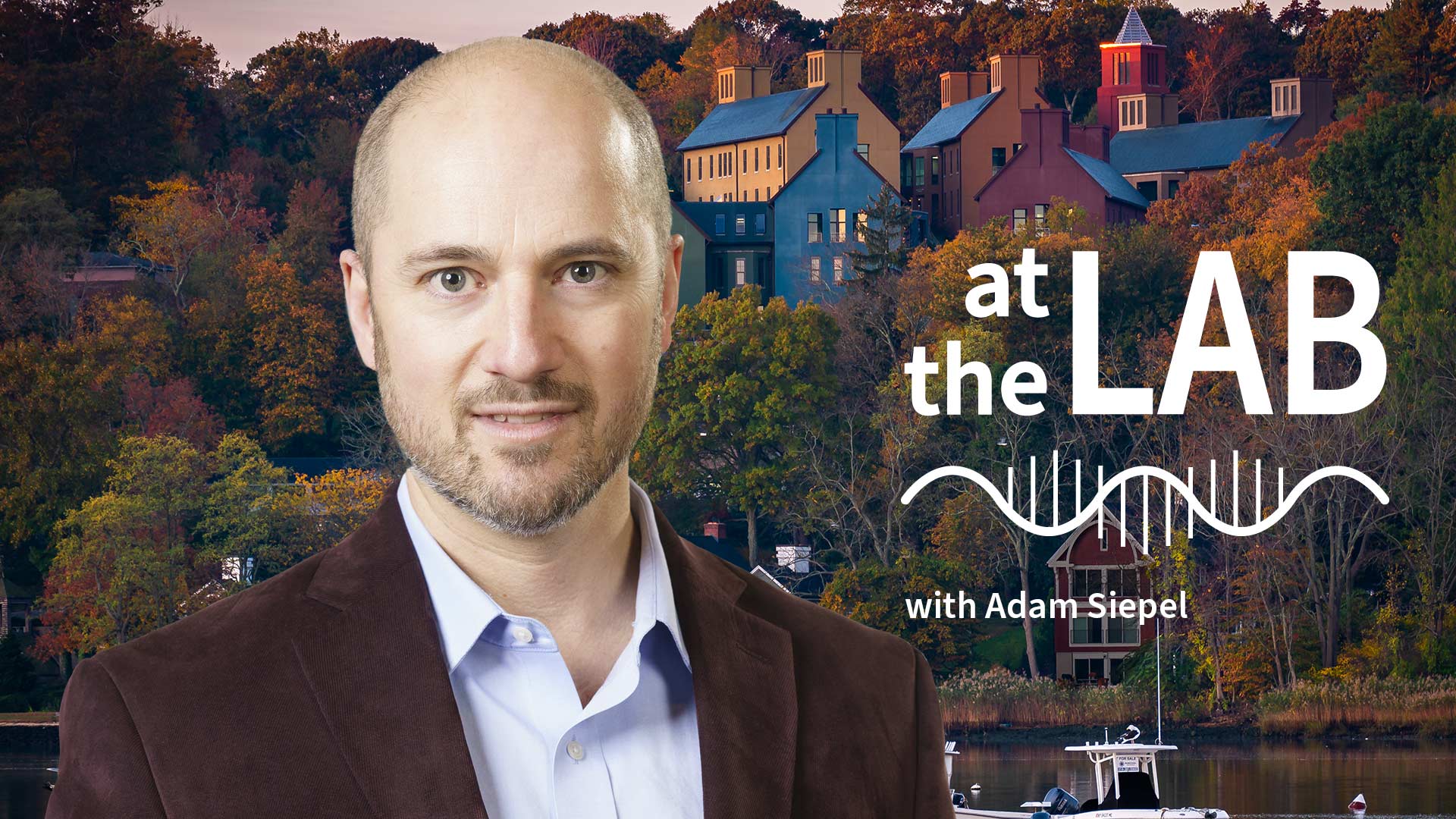Cappuccino anyone? This week At the Lab, CSHL Professor Adam Siepel introduces the capuchino seedeater—a South American subspecies known for its ultraviolet plumage. Join us on a voyage across evolution’s “islands of differentiation” to find out how these birds got their distinct colors.
Read the related story: Birds of a feather do flock together
Transcript
Sam Diamond: You’re now At the Lab with Cold Spring Harbor Laboratory. My name is Sam Diamond. And this week At the Lab: “Birds of a feather.”
{Birds chirp.}
SD: Birds come in all shapes and sizes. Just this morning I saw a blue jay in one of the trees outside my office. Right now I see a flock of seagulls floating in the Harbor. And if I’m really lucky I might even spot one of the bald eagles that calls our campus home.
SD: But what makes these birds so different from one another? To find out, we sat down with CSHL Professor Adam Siepel.
Adam Siepel: Birds often display very pronounced morphological differences from one subspecies to the next. They often exhibit sexual selection for particular prominent coat color or song changes.
SD: Siepel is an expert in population genetics. Recently, his lab took an interest in seedeaters—finch-like birds from South America. Tens of thousands of generations ago, these birds all had identical genetic codes. That meant similar feathers and birdsongs. But since then, they’ve broken off into many species with different coats and calls. Siepel says the different species’ genes reflect these changes.
AS: When we sequence their genomes, their genomes are quite similar to one another. But they have local regions that are highly differentiated. These have been referred to as islands of differentiation.
SD: What causes these islands to emerge? One way they can come about is through physical separation. Birds may develop a new species when one group becomes separated by a large barrier, like a mountain range or an ocean. However, Siepel and his lab found that it wasn’t geographic boundaries that caused seedeaters to drift apart—it was something else.
AS: A selective sweep, when a group of organisms that carry some mutation that gives them an advantage over other organisms, rapidly become much more frequent—maybe because of a change of environment, a new predator, a new food.
VO: The sweep occurs when individual animals with a particular genetic variant begin to reproduce at higher rates. Siepel explains.
AS: In this case, we think the birds of the opposite sex found some aspect of that variant attractive, whether it’s coloration or song. And that helped push it to high frequency.
SD: From there, the variant individuals stay together, eventually forming a new species. Biologists are still trying to figure out why birds find certain colors, songs, or other variants more attractive. In the meantime, Siepel’s work suggests that the old saying holds true in evolution. Birds of a feather really do flock together.
SD: Thanks for listening to At the Lab. Please be sure to subscribe wherever you get your podcasts. And visit us at cshl.edu for more fascinating stories like this one. For Cold Spring Harbor Laboratory, I’m Sam Diamond. And I’ll see you next time At the Lab.
